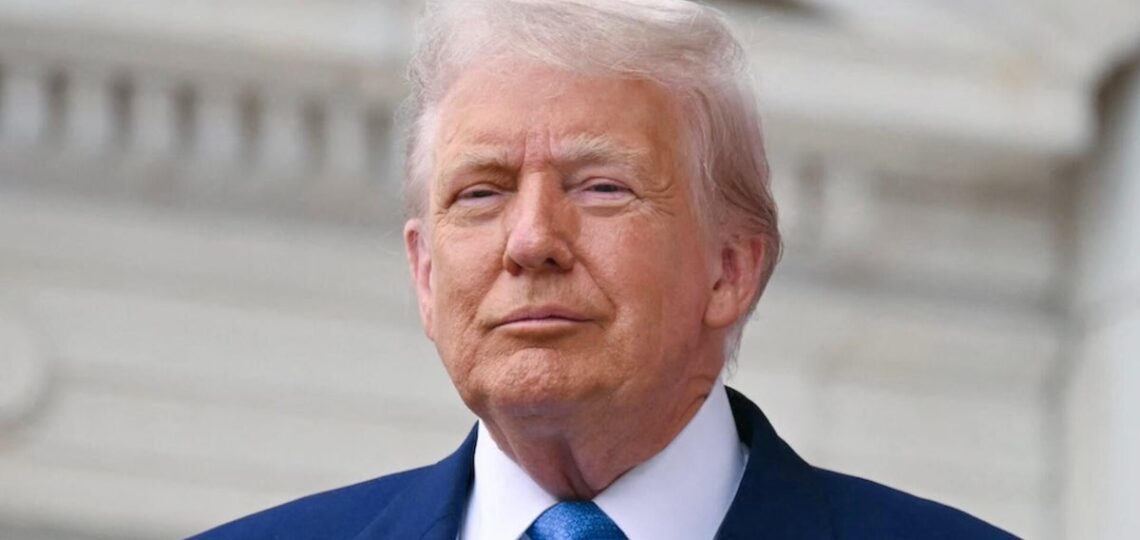
Trump was asked about the “TACO” trade and called it a “nasty question.” Here’s what it means.
A new acronym is popping up on Wall Street to explain investors’ reaction to President Trump’s on-again, off-again tariffs: TACO.
Coined by Financial Times journalist Robert Armstrong in a May 2 column, the tongue-in-cheek term stands for “Trump Always Chickens Out.” That phrase is meant to describe a pattern of stocks plunging when the Trump administration announces stiff new tariffs, then surging when Mr. Trump eases up on them days or weeks later.
Since Armstrong’s column, Mr. Trump has pulled back on import duties on two other major U.S. trading partners. On May 12, he placed a 90-day freeze on 145% tariffs on Chinese goods, while on May 26 he delayed 50% tariffs on European goods until July. In both cases, the markets jumped after Mr. Trump offered to ease tariffs.
“[T]he recent rally has a lot to do with markets realizing that the U.S. administration does not have a very high tolerance for market and economic pressure, and will be quick to back off when tariffs cause pain. This is the TACO theory: Trump Always Chickens Out,” Armstrong wrote on May 2.
In the most recent case, the market dropped sharply on Friday after Mr. Trump said he planned to hike tariffs on European imports to 50%. But on Memorial Day, Mr. Trump said he would ease up on those plans until July to give the European Union and the U.S. more time to negotiate. On Tuesday, the day U.S. markets reopened after the holiday, the S&P 500 rallied 2.1%.
When asked about the term by a reporter at the White House on Wednesday, Mr. Trump responded that it was a “nasty question.”
“It’s called negotiation,” Mr. Trump said. “They wouldn’t be over here today negotiating if I didn’t put a 50% tariff” on Europe.
He added, “[T]hey’ll say, oh, he was chicken. He was chicken. That’s unbelievable. I usually have the opposite problem. They say, ‘You’re too tough, Mr. President.'”
Whatever the strategy at the White House, investors are becoming more comfortable with the Trump administration’s pattern of initially setting high tariff rates that it later reduces , noted Vital Knowledge analyst Adam Crisafulli.
“[T]he narrative is growing increasingly bullish as investors become more comfortable with the severity of the tariff threat (the “TACO” mindset is being embraced by more people) while companies demonstrate an ability to absorb the import tax hike relatively well (the hit to [earnings per share] hasn’t been as draconian as feared),” Crisafulli wrote in a May 28 research note.
Still, there may be too much complacency in the market about the threat of Mr. Trump’s tariffs, which major businesses like Walmart have warned will cause them to hike prices, as well as the wobbly fiscal outlook for the U.S., Crisafulli added. Earlier this month, Moody’s downgraded the U.S. credit rating, highlighting investor concerns about the government’s growing debt.
“That said, the tariff narrative could stay in a state of benign optimism for the next several weeks (the big deadline is early/mid-July, when the 90-day reciprocal tariff/50% EU tariff suspensions expires) while tariff-driven inflation may not appear in the data until July (when the June numbers are reported),” the analyst noted.